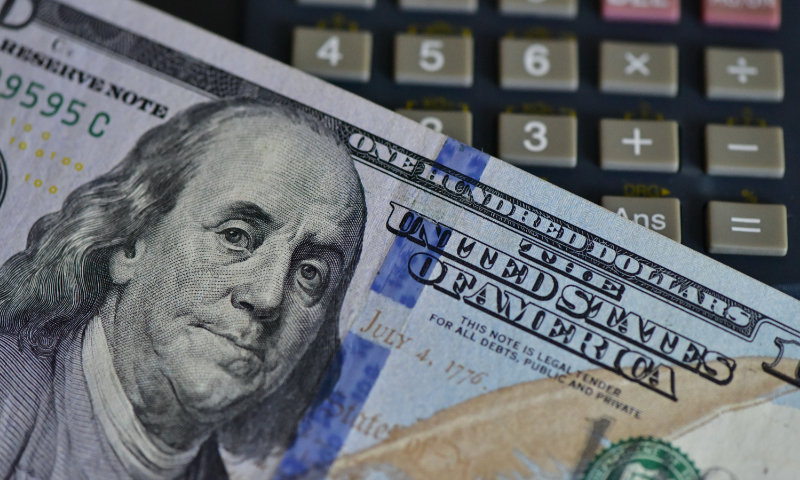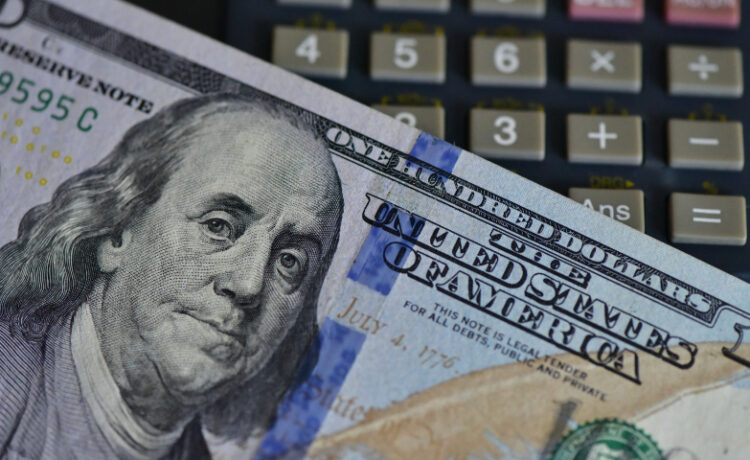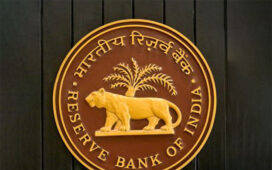
An illustration show a US dollar bill and a calculator at a bank in Fuyang, East China’s Anhui Province. Photo: VCG
As of the end of August, China’s foreign exchange reserves stood at $3.32 trillion, an increase of $29.919 billion from a month earlier, marking a rise of 0.91 percent, data released by the State Administration of Foreign Exchange (SAFE) showed on Sunday.
This figure showed that China’s forex reserves in August hit a new high since January 2016, reflecting the country’s strengthened capacity to mitigate various shocks, the Shanghai Securities News reported.
The SAFE said that in August, influenced by factors including the monetary policy expectations of major economies and macroeconomic data, the US Dollar Index fell, and global financial asset prices generally rose.
These combined effects on exchange rate conversion and asset price changes led to an increase in the scale of China’s foreign exchange reserves for the month, the SAFE said.
“In August, the US Dollar Index dropped by 2.2 percent to 97.8. As forex reserves are denominated in US dollars, the appreciation of non-US currencies has increased the scale of foreign exchange reserves after conversion through the exchange rate,” Wen Bin, chief economist at China Minsheng Bank, told the Global Times on Sunday.
Both the onshore and offshore yuan exchange rates rose during the period. As of the end of August, amid a weakening US Dollar Index, further gains in domestic stock markets, and a relatively strong trajectory of the yuan’s central parity rate, the trading prices of the onshore and offshore yuan both accelerated their appreciation, reaching their highest levels since November last year, the Shanghai Securities News reported.
“Amid increasing fluctuations in the external environment, a moderately ample reserve scale will provide support for maintaining the yuan’s exchange rate at a reasonable and balanced level, while it will also serve as a stabilizing anchor to withstand potential external shocks,” Wang Qing, chief macroeconomic analyst at Golden Credit Rating International, said in a note sent to the Global Times.
The SAFE also noted that China’s economy has been progressing steadily with considerable resilience and vitality, providing support for maintaining the basic stability of the forex reserves.
“Despite growing external uncertainties, China’s economy remains fundamentally robust with distinct advantages and vast potential. The country possesses diverse macroeconomic tools and ample policy space, providing strong support for tapping domestic demand,” said Wen.
Concurrently, increasingly diversified regional trade patterns, optimized trade structures, and the rising appeal of yuan-denominated assets to global capital bolster China’s balance-of-payments stability and maintain the steady scale of forex reserves, Wen noted.
Wang said that considering various factors, China’s forex reserves are expected to remain largely stable in the near future.
Also on Sunday, data showed that China’s gold reserves at the end of August stood at 74.02 million ounces, compared with 73.96 million ounces at the end of July, marking the 10th consecutive month of gold reserve increases by the People’s Bank of China, the country’s central bank.
Observers pointed out that this reflects the continued steady progress of China’s international reserve asset diversification amid a significantly more complex external environment.
As of the end of August, the balance of China’s gold reserves had increased to $253.8 billion, with the proportion of gold reserves in total forex reserves rising by 0.23 percentage points month-on-month to 7.64 percent, hitting a new high, according to the Shanghai Securities News.
Global Times



